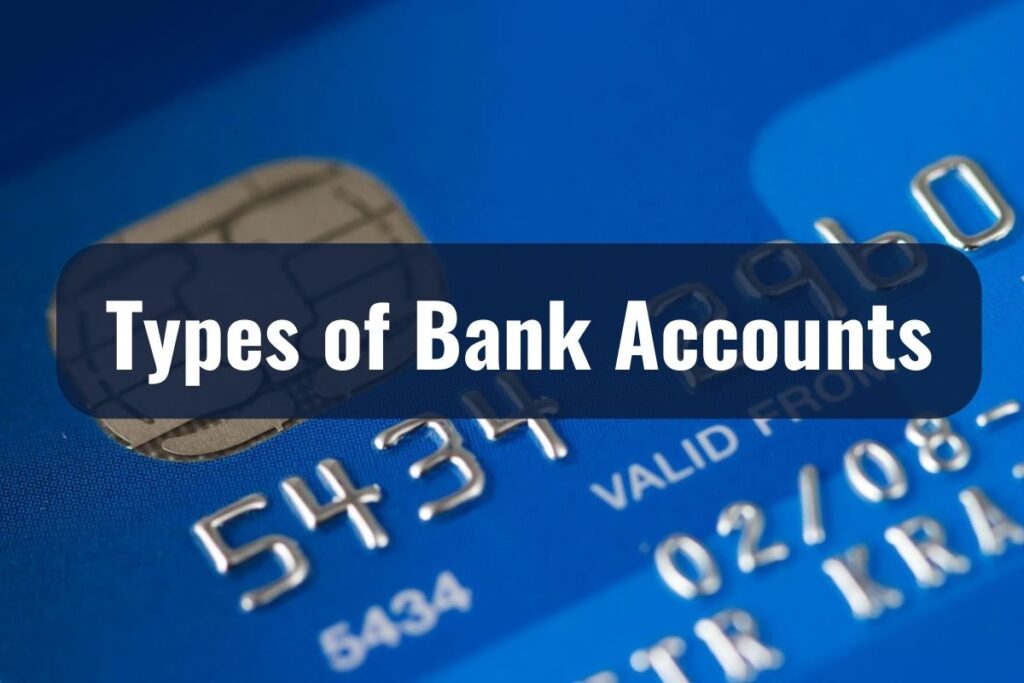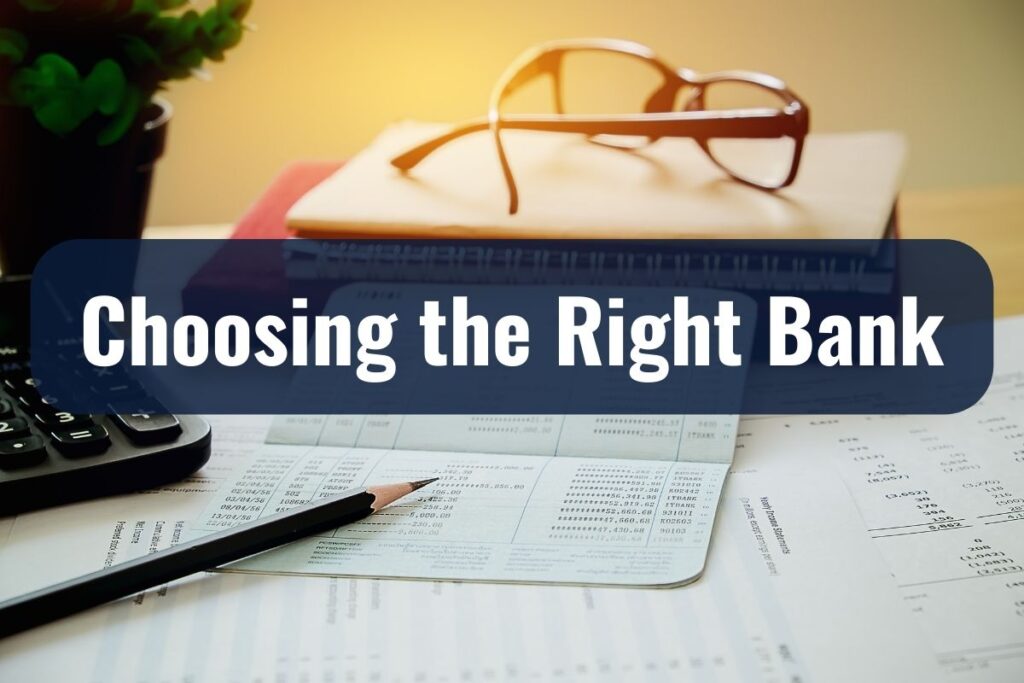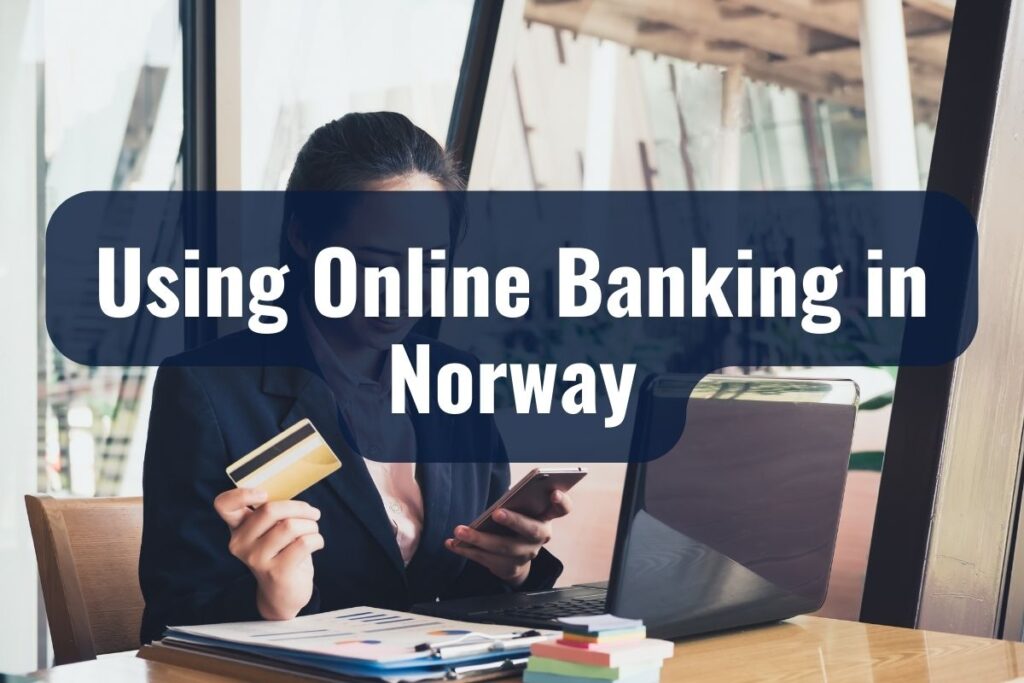Opening a bank account in Norway is a significant step for foreigners establishing themselves in this beautiful Nordic country. Whether you’re planning to reside in Norway for a few months or a couple of years, having a local bank account can immensely simplify various aspects of your daily life, from receiving your salary to paying for your groceries or monthly bills.
In this article, we’ll provide a detailed guide on how to open a bank account in Norway. Although it may initially seem daunting, the process is straightforward once you clearly understand the requirements and steps involved. So, let’s embark on this journey together, ensuring you’re well-prepared to set up your own bank account in Norway.
Key Takeaways
- Opening a bank account in Norway involves understanding eligibility criteria and gathering required documents.
- Norway offers various account types catering to diverse financial needs.
- Online banking in Norway combines comprehensive features with robust security measures.
- Foreigners can navigate the banking landscape efficiently with local insights and tips.
- Embracing Norway’s banking system is a step towards building a secure and prosperous life.
Basic Eligibility Criteria for Opening a Bank Account
To ensure a smooth process when opening a bank account in Norway, it’s essential to familiarize yourself with the fundamental eligibility criteria set by Norwegian banks. These criteria are designed to safeguard both the banking institution and the account holder, making sure everyone adheres to the necessary regulations and laws.
Age Requirements
In Norway, the general age to independently open a bank account is 18 years. However, for those under 18, it’s still possible to have a bank account with the consent and oversight of a parent or legal guardian. This is commonly known as a ‘child account’ and usually comes with certain restrictions to ensure the young account holder’s financial safety.
Residency Requirements
While it’s feasible for non-residents to open a bank account in Norway, it’s considerably more straightforward for those who have established residency in the country. Most banks will require proof of your address in Norway. If you’re a non-resident, banks might require additional documentation and may offer specific types of accounts tailored for non-residents.
Visa Status
Your visa or residence status can also play a pivotal role in your bank account application. Those on student visas, work permits, or family reunification visas generally face fewer hurdles. However, it’s recommended to have your visa documentation in order, as banks will often request to see this information to ensure you have a legitimate reason to stay and operate a bank account in the country.
Types of Bank Accounts

Norway, like many other countries, offers a range of bank account options tailored to the diverse needs of its residents. Understanding the different types of accounts can assist you in selecting the one that aligns best with your current circumstances and financial needs.
| Account Type | Key Features |
| Basic Current Account | Standard account for everyday transactions, often with no fees. |
| Savings Account | Offers interest on deposited amounts, ideal for long-term savings. |
| Salary Account | Specifically for salary deposits, might offer special benefits. |
| Student Account | Tailored for students, often with lower fees and added perks. |
| Joint Account | Account shared between two individuals, such as spouses or partners. |
| Business Account | Designed for business transactions, with features like invoicing. |
Personal Account
A personal account, often referred to as a ‘current account’ or ‘checking account,’ is the most common type for everyday transactions. It’s ideal for managing day-to-day finances such as receiving wages, paying bills, and making regular purchases. These accounts typically come with a debit card, allowing you to make payments and withdraw cash from ATMs.
Joint Account
A joint account is an account operated by two or more individuals. It’s especially popular among couples or business partners who wish to manage shared expenses or investments. All parties have equal access to the funds, and any individual can deposit or withdraw money. When opting for a joint account, it’s essential to establish trust with the co-account holders, as each person has the same privileges and responsibilities associated with the account.
Student Account
For foreign students studying in Norway, banks offer specialized student accounts. These accounts often come with reduced fees and additional perks tailored to the student lifestyle. They may include discounted or free banking services, lower international transfer rates, or even specific student loan provisions. To open a student account, you’ll typically need to provide proof of enrollment from a recognized educational institution in Norway.
Documents Required
When setting out to open a bank account in Norway, one of the most crucial aspects is ensuring you have all the required documents. Proper documentation not only speeds up the process but also ensures you don’t face unnecessary hiccups or delays. Let’s delve into the essential documents you’ll need to present to the bank:
Identification
Regardless of the type of account you wish to open, you’ll need to verify your identity. Typically, banks in Norway will accept:
- Passport
- European ID card
- National ID card (if applicable)
Always ensure that your identification document is valid and has not expired.
Proof of Address in Norway
To establish that you have a residence in Norway, banks will require some form of proof of address. This can be:
- A recent utility bill (like electricity or water) with your name and Norwegian address.
- A lease agreement or rental contract, showing your current residence.
- An official document or letter from a Norwegian authority addressed to you at your Norwegian address.
Immigration Documents
For foreigners, it’s essential to provide details of your immigration status. This helps banks understand the nature of your stay in Norway. Typically, you should provide:
- Your residence permit
- Visa details, if applicable
Make sure these documents are up-to-date and clearly indicate the duration and type of your visa or permit.
Tax Documentation
Norwegian banks may ask for certain tax-related documents, especially if you’re planning to work in Norway or have other taxable activities. This could be:
- A tax identification number (TIN) from your home country
- Any tax documentation or official letters you’ve received from the Norwegian Tax Administration (Skatteetaten)
Choosing the Right Bank

Finding the right bank in Norway is akin to finding a trustworthy partner for your financial journey in a new country. With several banking institutions available, each offering its unique set of services, it can be a tad overwhelming to decide which one aligns with your needs. Let’s explore the key considerations and factors you should bear in mind when making this important decision.
Common Banks in Norway for Foreigners
Norway boasts a robust banking system, with several banks known for their excellent services tailored to foreigners. Some of the more prominent ones include:
Many of these banks have branches in various parts of the country and offer extensive online services, making them easily accessible to newcomers.
Factors to Consider
Online Services: In today’s digital age, the convenience of online banking can’t be stressed enough. Check if the bank provides a comprehensive online platform or mobile app. This can be especially handy for foreigners who might not always find it easy to visit a branch in person.
Customer Support in English: For those not fluent in Norwegian, having customer support in English can be a significant relief. Many banks in Norway offer services in English, but it’s always good to confirm this beforehand.
Charges and Fees: Banking fees can vary considerably. It’s essential to be aware of monthly or annual account fees, transaction fees, and any other hidden charges. Some banks might offer accounts with no fees for the first year or provide special deals for students or newcomers.
Additional Services: Depending on your financial needs, you might also want to explore other services the bank offers, such as loans, credit cards, or investment opportunities.
Accessibility: If you’re someone who prefers face-to-face interactions, consider the bank’s branch locations. Are they conveniently located near your residence or workplace? Do they have ample operating hours?
Reputation: While not a tangible factor, the bank’s reputation can provide insights into its reliability, customer service quality, and overall user experience. Online reviews, feedback from other foreigners, or recommendations from colleagues and friends can be valuable in this regard.
How to Open a Bank Account in Norway: A Step-by-Step Guide
Embarking on the journey to open a bank account in Norway is a decisive step towards establishing your financial presence in the country. The process, while systematic, can be navigated with ease if you’re aware of the sequential steps involved. Let’s walk through this process together, ensuring you have a clear roadmap to set up your bank account successfully.
1. Contacting the Bank
Before you head to the bank in person, it’s often a good practice to initiate contact either via phone or the bank’s online portal. This serves multiple purposes:
- It allows you to book an appointment, ensuring dedicated time with a bank representative.
- You can inquire about any specific documents or requirements, ensuring you’re well-prepared for the meeting.
- Some banks might even offer preliminary online application forms, speeding up the process.
2. Meeting with the Bank Representative
Once you’ve scheduled an appointment, your next step is to meet with the bank representative. Here’s what you can typically expect during this meeting:
- The representative will explain the different types of accounts and services they offer, helping you choose one that suits your needs.
- You’ll be asked to provide the required documents. It’s essential to have originals and possibly copies, ensuring the bank can verify them on the spot.
- The bank representative will guide you through the account application form. Ensure you understand all sections of the form and ask questions if anything is unclear.
3. Submitting the Necessary Documents
While you’ll hand over your documents during the meeting, the bank might take some time to process and verify them. Ensure all documents are legible and in good condition to avoid any delays in this step.
4. Verification Process
After submission, the bank will conduct its verification process. This typically involves:
- Verifying your identity and residency status.
- Conducting any necessary background checks or credit history reviews, especially if you’re applying for additional services like a credit card or loan.
5. Account Approval and Details
Once the bank has verified your details and is satisfied with the background checks, your account will be approved. You’ll receive your account details, often via mail or email. This includes your account number and other essential information.
6. Receiving Your Debit Card and Online Access
After account approval, you’ll either receive your debit card immediately or via mail. Banks will also provide details on setting up online access, enabling you to manage your finances digitally.
Using Online Banking in Norway

As you transition into life in Norway, one of the tools that can greatly enhance your financial management and convenience is online banking. Nearly all Norwegian banks offer a robust online platform, allowing you to execute a plethora of transactions and monitor your finances without setting foot in a bank branch. Let’s dive deep into understanding and effectively using online banking in Norway.
Setting Up Your Online Banking Account
Once your bank account is operational, setting up online access is typically the next step.
Registration: Most banks will guide you through an online registration process. This usually involves visiting the bank’s website and selecting a ‘Register’ or ‘First-time User’ option.
Authentication: During registration, you’ll be required to authenticate your identity. This could involve inputting your account number, answering personal questions, or using a temporary code provided by the bank.
Creating Login Details: Once authenticated, you’ll set up your username and a secure password. It’s essential to choose a password that’s both strong and memorable. Many banks also offer two-factor authentication for added security.
Features of Online Banking in Norway
Online banking in Norway is comprehensive, giving you control over numerous financial activities:
Account Overview: View your account balance, recent transactions, and monthly statements.
Money Transfers: Transfer money between your accounts, to other individuals, or even internationally.
Bill Payments: Set up and manage automatic payments for utilities, rent, or other regular expenses. Many banks also offer e-invoice (eFaktura) services, allowing you to receive and pay bills digitally.
Setting Up Alerts: Get notified about specific account activities, such as when your balance goes below a certain amount or when a large transaction occurs.
Manage Cards: Report a lost card, request a replacement, or change your card’s PIN.
Investment and Loan Management: Monitor your investments, apply for loans, or make loan repayments.
Safety and Security Tips
While online banking provides unmatched convenience, it’s crucial to be vigilant about security:
Never Share Your Details: Your login credentials are personal. Never share them, even if someone claims to be from the bank.
Log Out After Use: Always log out from your online banking session, especially if you’re using a public computer or shared network.
Regularly Update Your Devices: Ensure your computer, tablet, or smartphone has the latest security updates and a reliable antivirus program.
Beware of Phishing: Be cautious about emails or messages asking for your banking details or directing you to suspicious-looking banking sites. Always ensure you’re on the bank’s official website.
Use Secure Networks: Avoid accessing your bank account from public Wi-Fi networks. If you need to, consider using a virtual private network (VPN) for added security.
Additional Tips for Foreigners
Equipped with a few insider tips, foreigners in Norway can seamlessly integrate into the country’s banking system and ensure a positive financial experience. Here are some noteworthy pointers to help you along the way.
Language Barrier
While many Norwegians speak impeccable English and several banks offer services in English, it’s not uncommon to encounter banking documents or online portals primarily in Norwegian.
- English Services: Before settling on a bank, inquire about their English services, especially if you’re not fluent in Norwegian.
- Translation Apps: For documents or screens in Norwegian, using translation apps or browser extensions can be a quick way to get an English version.
Banking Hours
Norwegian banks usually have specific working hours which might be different from what you’re used to.
- Most banks operate from 9:00 am to 3:30 pm on weekdays, with some branches offering extended hours on Thursdays.
- It’s quite common for banks to be closed on weekends, so plan your in-person visits accordingly.
ATM Usage
ATMs, known as ‘Minibanks’ in Norway, are widespread and user-friendly.
- While most ATMs accept international cards, always check for the accepted card logos before using.
- Be aware of any fees associated with using an ATM, especially if it’s not affiliated with your bank.
Mobile Banking
In addition to online banking, many Norwegian banks offer mobile banking apps, offering unparalleled convenience.
- Consider downloading your bank’s official app from trusted sources like the App Store or Google Play.
- Mobile apps often come with features like mobile payment solutions, making daily transactions effortless.
Currency and Exchange Rates
Norway uses the Norwegian Krone (NOK). While credit and debit cards are widely accepted, it’s good to familiarize yourself with local currency denominations.
- If you need to exchange currency, doing so at a bank usually offers better rates than at the airport or tourist spots.
- Monitor exchange rates, especially if you’re transferring money internationally. Rates can fluctuate, impacting the amount you send or receive.
Building Credit
As a foreigner, your credit history from your home country doesn’t automatically transfer to Norway.
- Consider discussing with your bank about ways to build credit in Norway. Being consistent with bill payments and maintaining a positive bank balance can help establish a good credit reputation.
Seek Assistance
If ever in doubt or facing challenges, don’t hesitate to seek assistance. Whether it’s reaching out to your bank’s customer service or discussing with fellow foreigners who’ve treaded the same path, a little help can go a long way.


